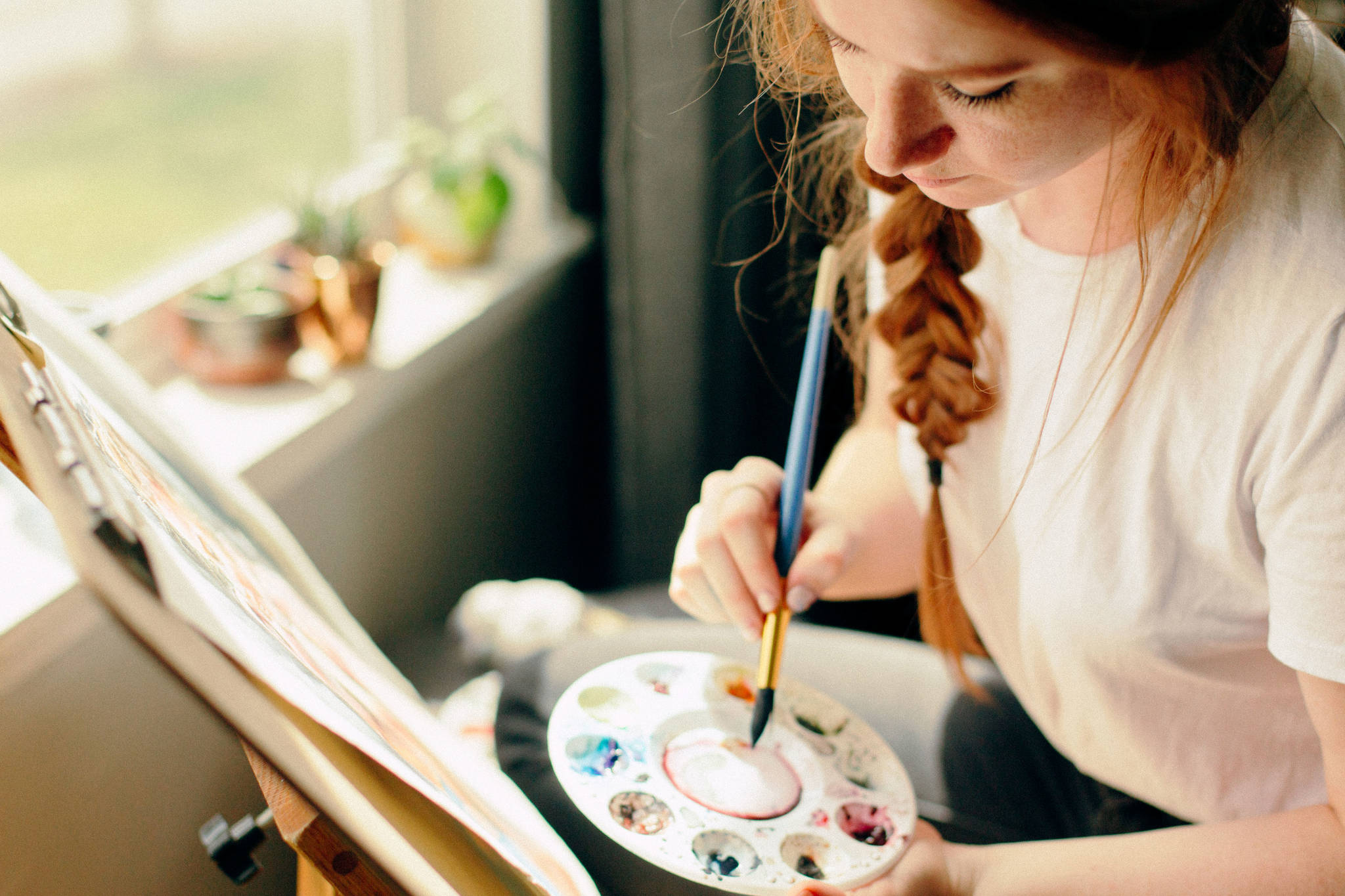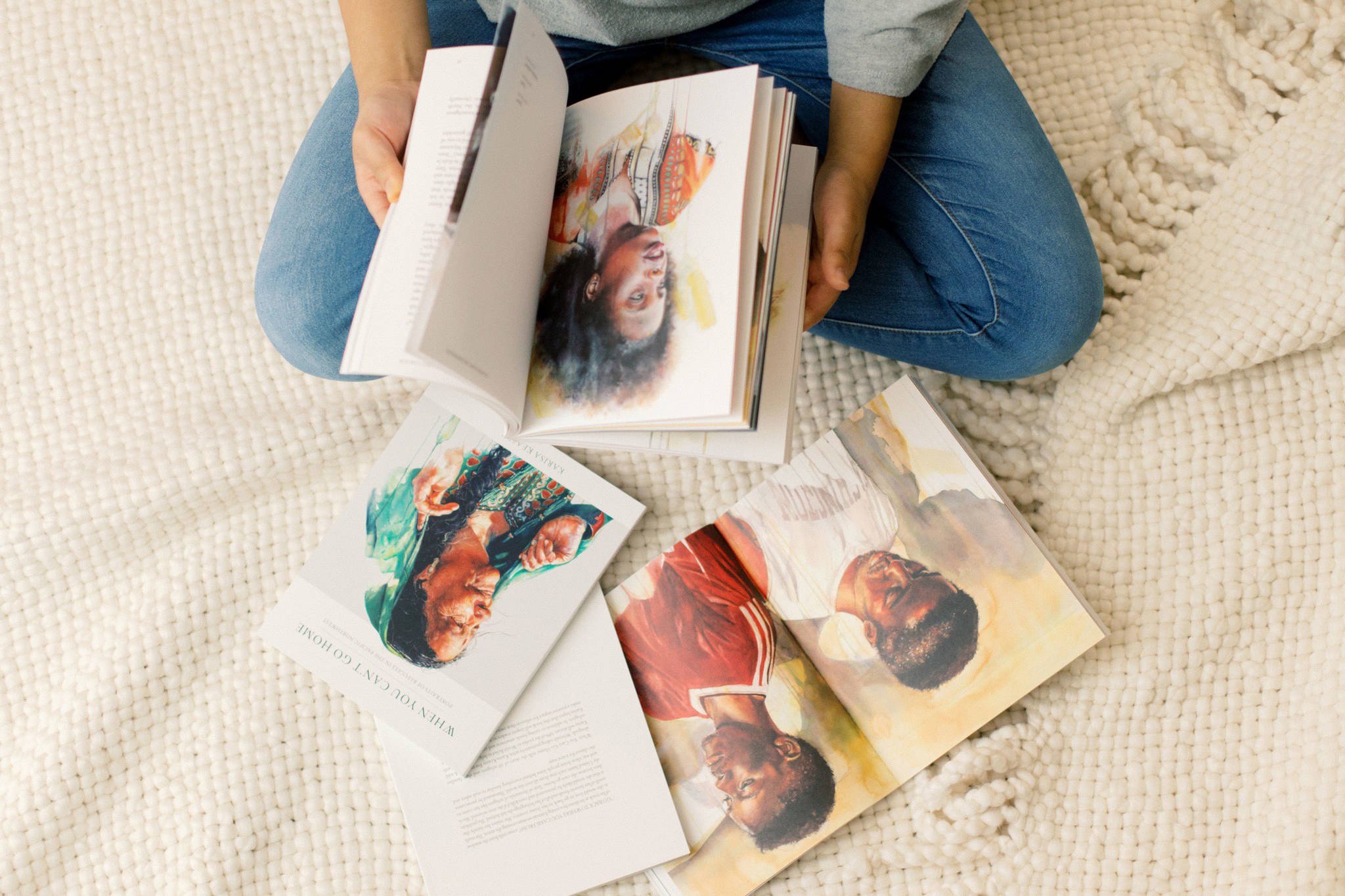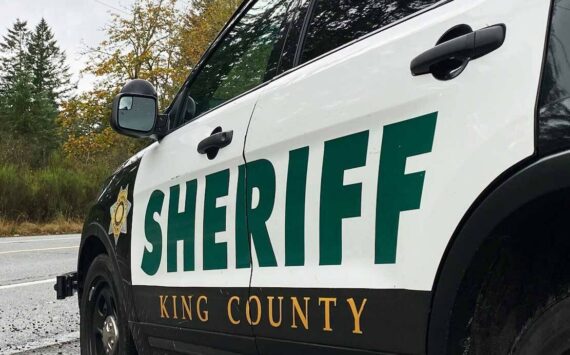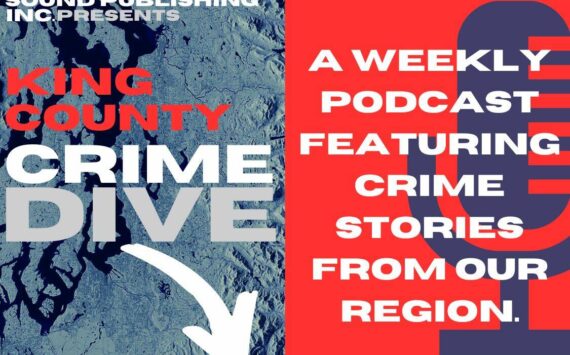Local artist Karisa Keasey was first inspired to help tell the stories of refugees after the Syrian refugee crisis nearly seven years ago.
Her heart was broken by the unspeakable violence that many of the Syrians witnessed and endured by the hands of the Syrian government.
Keasey said she understood her own privilege in being able to learn about these atrocities from Facebook and the internet. She was “appalled” when she read xenophobic comments from Americans protesting the Syrians coming to seek asylum and safety in the United States.
“It is not enough to be broken by these things and to just move on,” Keasey said.
At first, she felt helpless. But she recognized that she had a platform as an artist that could be used to tell the stories of the families and individuals who had to escape their country just to ensure their own security.
She realized the importance of allowing these people who were “more than just victims” to tell their own stories and to inspire empathy and understanding among the privileged and comfortable.
“I can share stats all day long,” Keasey said. “But you can’t argue with a story.”
From this inspiration came a book of refugee portraits painted by Keasey with stories told by the refugees themselves, titled “When You Can’t Go Home: Portraits of Refugees in The Northwest.”
This month, portraits and stories from the book will be featured in the Renton History Museum. Keasey said the book will be a required reading for 7th-graders in the Kent School District and will be available in every school library. Keasey said Kent and Renton both have relatively high refugee populations.
Half of the profits raised by the book are donated to the humanitarian organization World Relief.
Keasey said it was important for her project to give the platform directly to the diverse group of refugees featured in the book, to listen and to not be “the white savior.”
In her mission to correct some of the misconceptions the public may have held about immigrants and refugees driven by ignorance and miseducation, Keasey realized that she had many of her own.
“To be clear, no refugee experience is the same,” Keasey said. “You can’t put them in a box.”
She said many of the refugees were lawyers or doctors, holding prominent positions in their home countries.
Many of them overcame a “grueling” refugee application process, sometimes taking over 10 years to process. Americans often possess the misconception that the refugees are less capable or unintelligent because they do not speak English, without knowing that many of them speak five or six different languages.
Some refugee children have grown up in refugee camps, meaning they grew up isolated from the internet and technological literacy.
Despite these disadvantages and marginalization, it was important for Keasey to portray these individuals not as “victims” with their entire identity being defined by the worst part of their life, but as “victors” who were powerful and resilient enough to overcome unimaginable adversity.
“It’s their voices, not mine,” Keasey said of the stories told in her book, which she said can feel like a diary of their stories. “It’s about learning to listen.”
Keasey said a man featured in one of her portraits thanked her for recording his story so that one day, he could show his children how hard he fought for them to have a better life.
She said she hopes the project empowers people to want to empower others. As the current Afghan refugee crisis begins, she hopes people will feel a call to action and a will to help.
“People always say ‘pray for Afghanistan,’” Keasey said. “Don’t just ‘pray.’ Show up for Afghanistan.”









